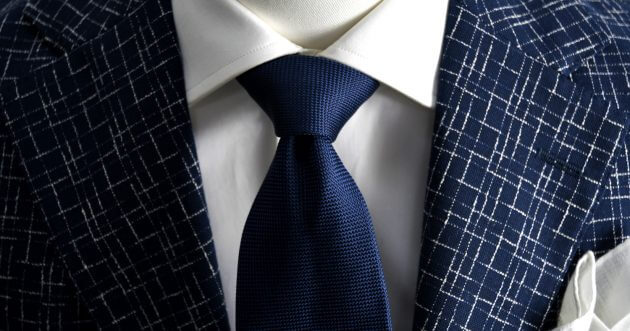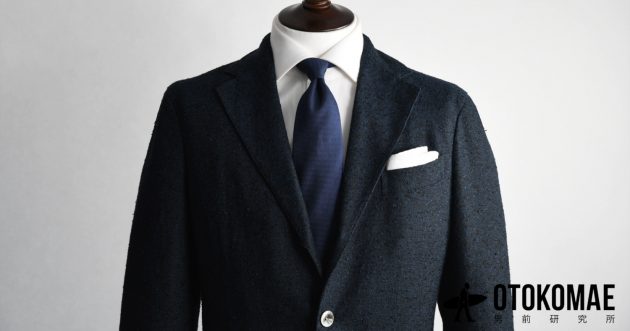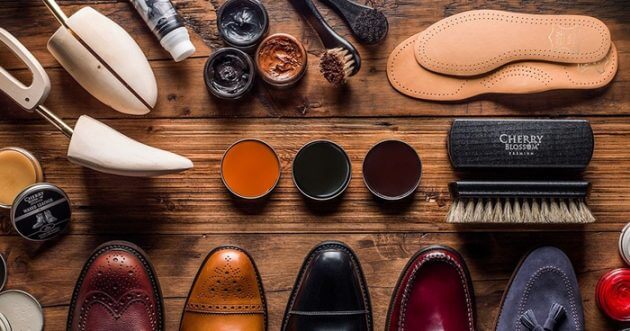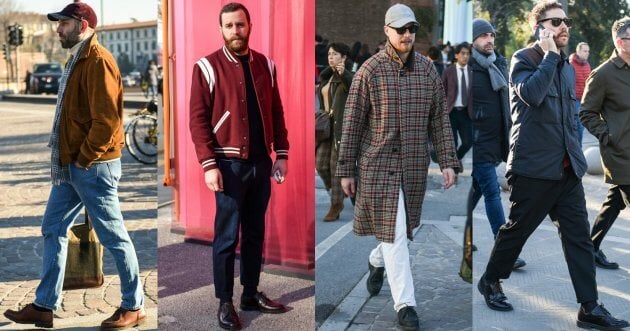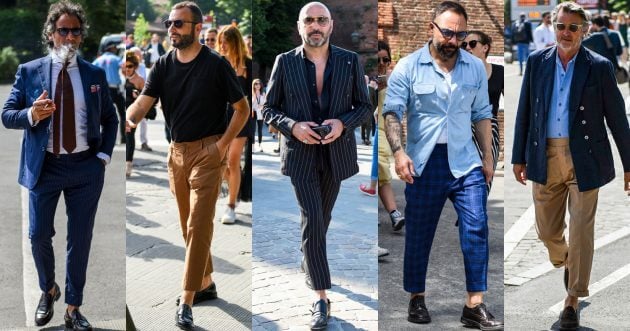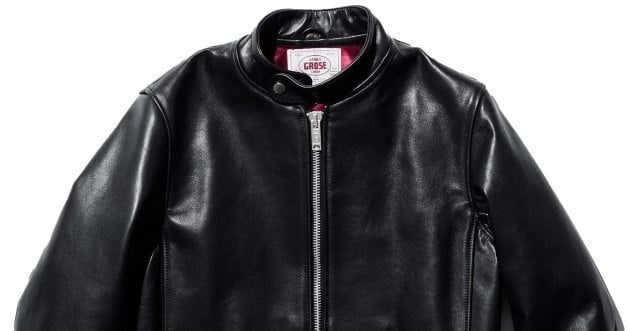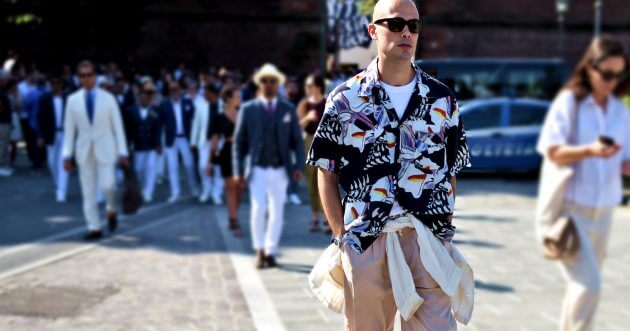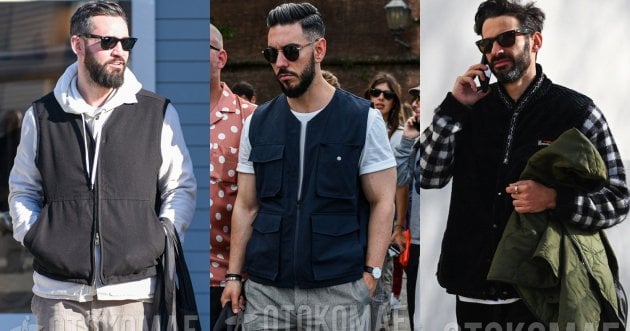![Shoe keepers [ 5 things to keep in mind when buying ].](https://otokomaeken.com/wp-content/uploads/2017/11/54c39ddccbab69e5776cb0bee1780583-750x396.jpg)
Suponsered by
5 points to keep in mind when selecting a shoe keeper
If you are going to acquire a shoe tree, it is recommended to purchase a shoe keeper with specifications that more than fulfill the aforementioned shoe keeper’s role. Specific requirements to be met!
(1) Select a shoe keeper that ” applies tension firmly in the vertical direction
As mentioned above, the most important role of a shoe keeper is to maintain the shape of the shoe. In particular, it is important to select a type that applies a firm vertical stretching force.
For example, there are inexpensive shoe keepers that function by curving a spring, as shown in the image below, but be careful because the tension is applied in a direction other than vertically, which may disperse the tension and make the shoe keeper ineffective.
As shown in the image below, the tension is applied vertically, but at the same time, the tension is also applied upward. Even with this type of shoe keeper, ” it is 100 times better to use a shoe keeper than not to use one,” but it is safe to avoid it if possible.
Point 2: Select a shoe keeper with a “wooden muku finish.
One of the requirements for shoe keepers with drying and humidity control functions is that they have a ” wooden muku finish. Naturally, plastic cannot be expected to absorb moisture. Even if it is made of wood, the “varnished” type is said to have almost zero effect. Since the main role of a shoe keeper is to maintain the shape of the shoe, it is not a must, but if you go to the trouble of purchasing a shoe keeper, it is recommended that you get the full benefits of a shoe keeper with a “wooden finish.
Point 3: Select “cedar” shoe keepers.
Among wooden shoe keepers, it is a good idea to choose a “cedar-made” shoe keeper. Cedar wood has antibacterial, sterilizing, and deodorizing effects, preventing unpleasant smells from leather shoes.
Choose a shoe keeper with a “large, round heel” (4)!
From this point on, the condition is on the level of ” if possible,” but it is recommended to choose a type of shoe tree with a large heel part and curved to fit the shape of the heel. If you choose a type with a small heel part, such as a so-called stick type, the tension will be applied to the heel part of the leather shoe with pinpoint accuracy, and in the worst case, there are cases where this can cause the shoe to lose its shape. (If the heel cup is soft or has no core)
Point 5) Choose a shoe keeper with “side splits” to prevent lateral shrinkage!
The main role of shoe keepers is to stretch the shoe vertically, but we also recommend the side-split type, which can apply tension against the horizontal direction of the instep. This is especially effective when leather shoes with a narrow instep are worn by men with a wide instep.
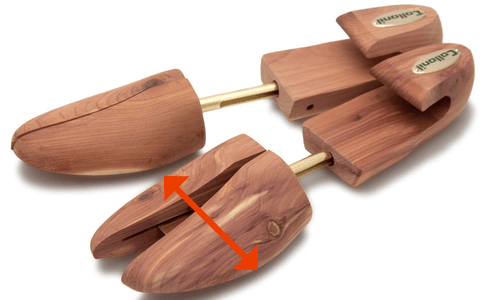
Collonil Aromatic Cedar Collonil Shoe Trees
3/4GO TO NEXT PAGE
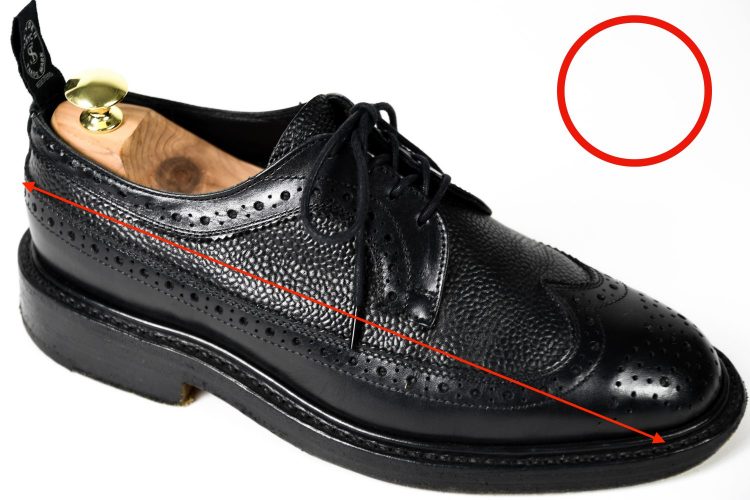
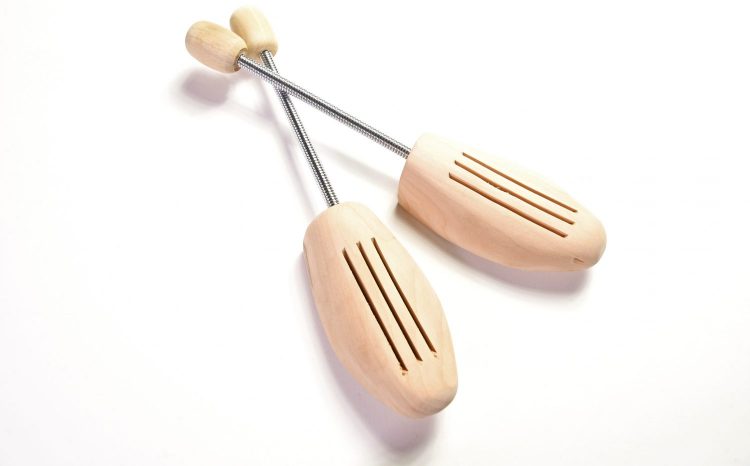
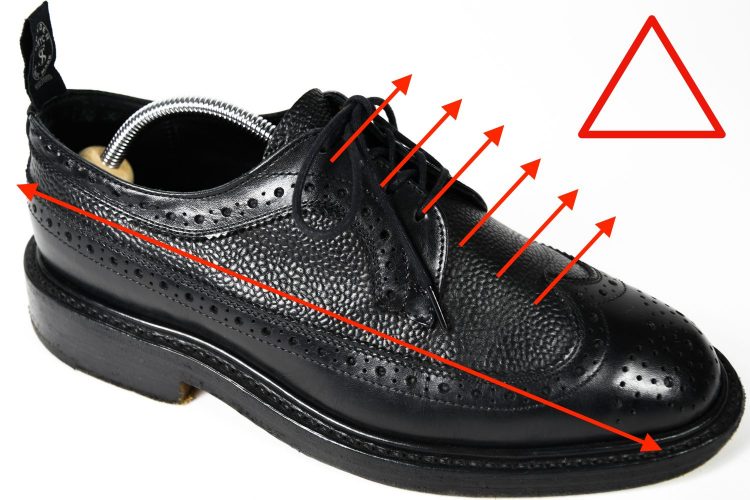
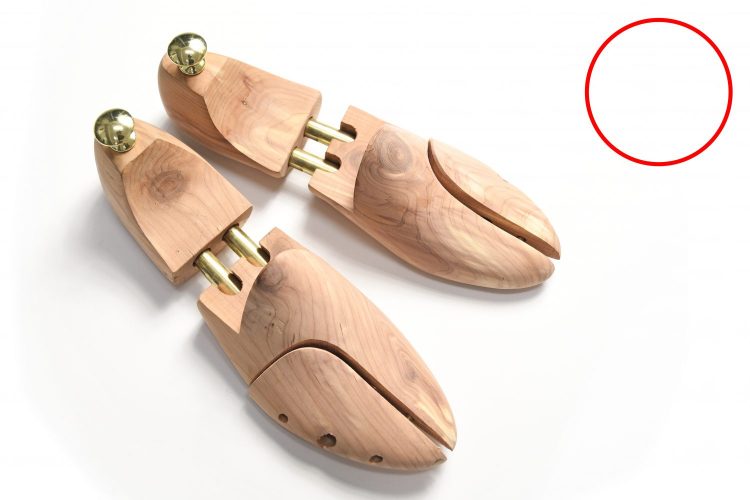

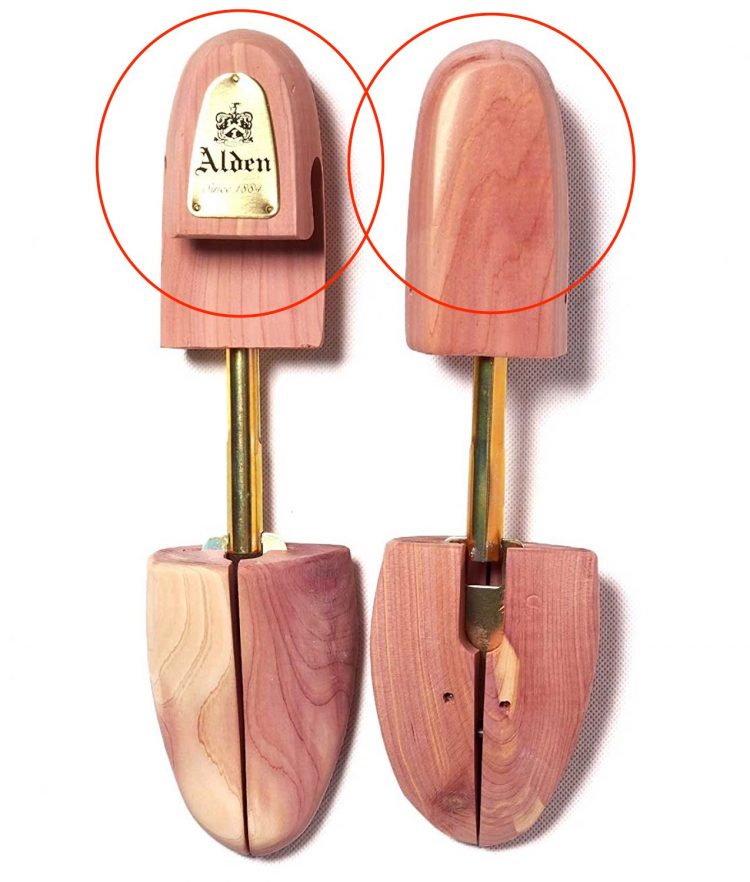
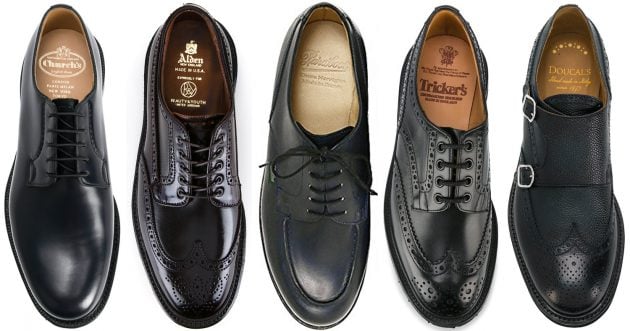
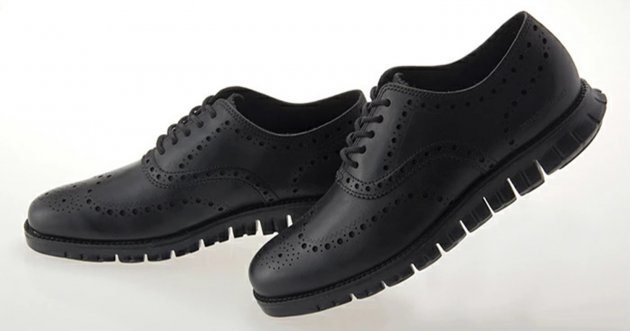
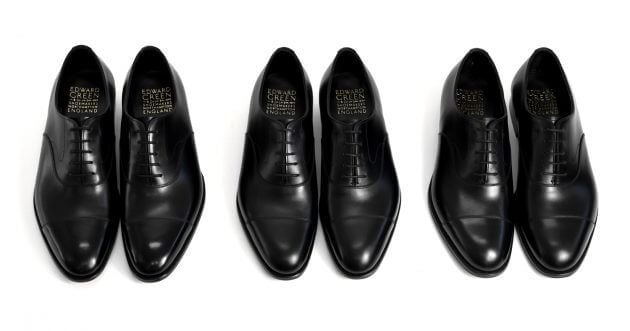
![[ Video Commentary ] Four methods of threading shoelaces suitable for leather shoes.](https://otokomaeken.com/wp-content/uploads/2015/12/b815e701e151f17d09502107c031a948-630x331.jpg)
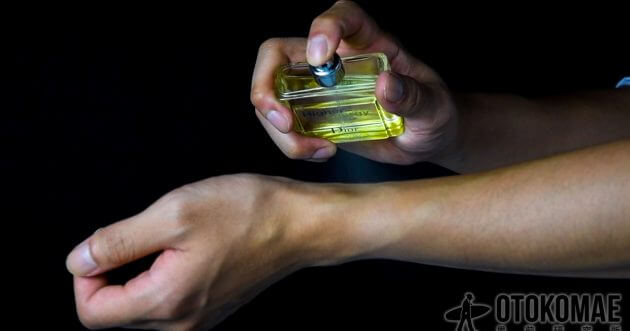
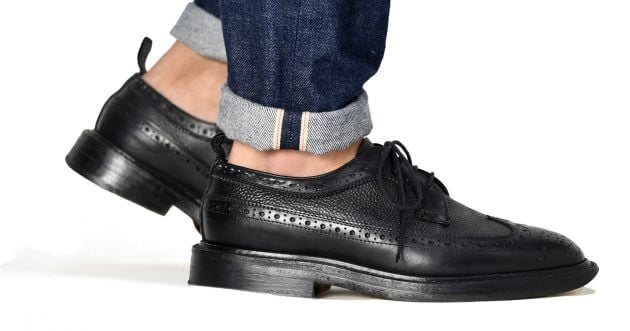
![[ Video Commentary ] “Oriental Knot/For-in-Hand” – A Surprisingly Unknown Knit Tie Knot](https://otokomaeken.com/wp-content/uploads/2016/04/427fd2e41c10545c29b963da5769b25f-1-630x331.jpg)
